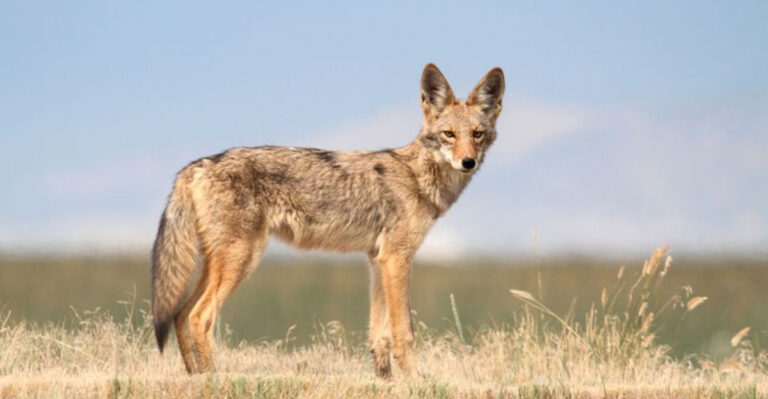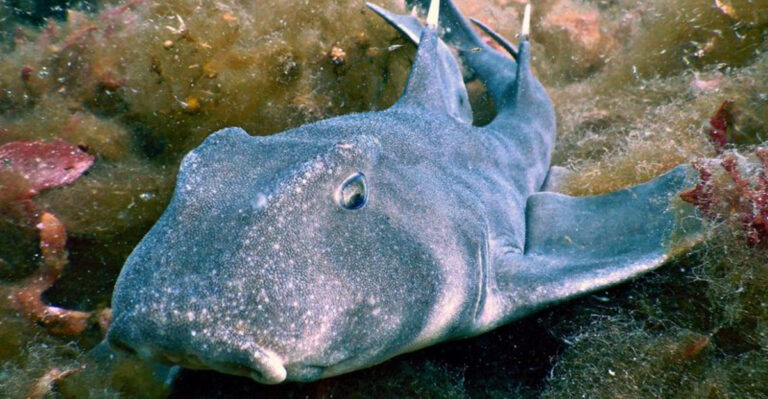10 Great States For Wildlife Watching And 7 That Disappoint, According To Naturalists
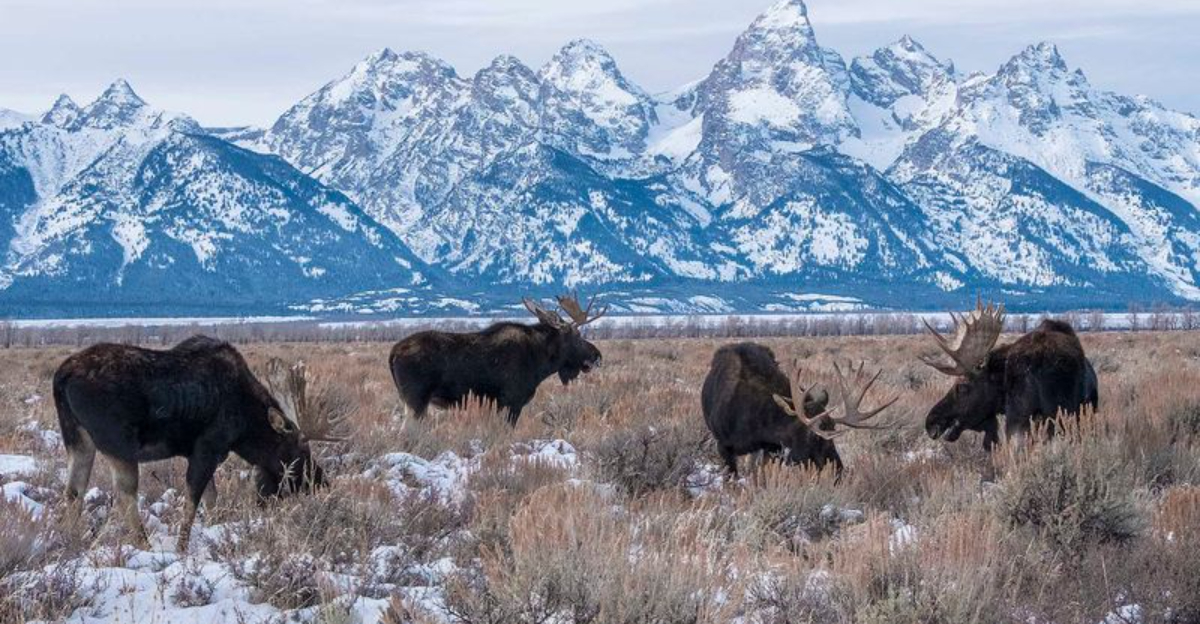
Ever wondered where to spot America’s most amazing wildlife? Not all states offer the same thrilling encounters with nature’s creatures.
Let’s explore which states deliver unforgettable wildlife experiences and which ones might leave your binoculars gathering dust.
1. Alaska: Last Frontier Wildlife Paradise
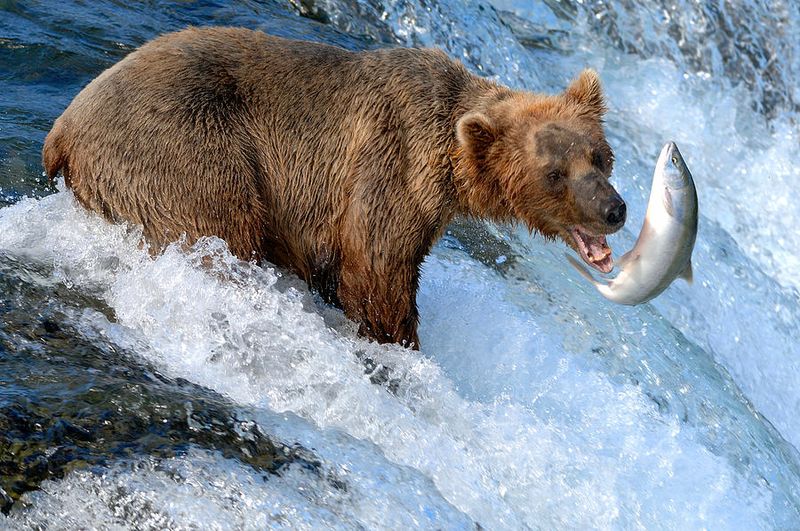
Where else can you watch brown bears snatch salmon mid-leap from rushing waterfalls? Alaska’s untamed wilderness hosts spectacular gatherings of wildlife against breathtaking backdrops.
Dall sheep navigate precarious mountain ledges while wolves patrol vast tundra below. Marine life abounds too – orcas, humpbacks, and sea otters thrive in coastal waters.
2. Montana: Big Sky Country’s Wild Residents
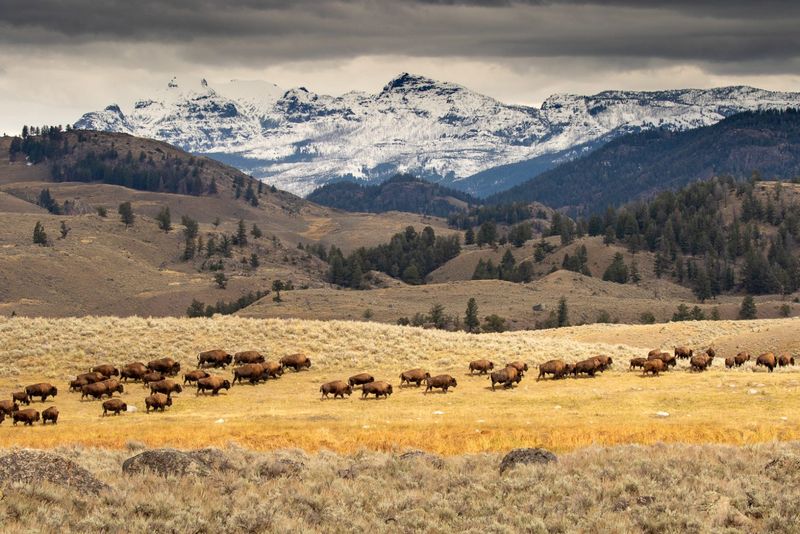
Yellowstone’s northern gateway offers wildlife viewing that rivals any safari. Massive bison herds roam freely across valleys where grizzlies dig for roots and wolves track elk through morning mist.
The Charles M. Russell Wildlife Refuge protects prairie species in their natural habitat. Lucky visitors might spot elusive mountain lions slinking along rocky ridges at dawn.
3. Florida: Subtropical Wildlife Wonderland
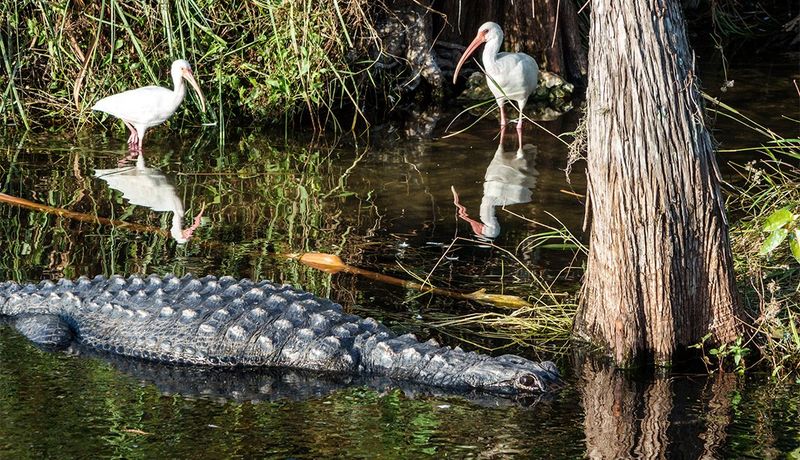
Beneath cypress canopies, alligators glide through tannic waters while roseate spoonbills flash pink against emerald marshes. The Everglades offers unparalleled birding opportunities year-round.
Manatees huddle in crystal springs during winter months. Offshore, sea turtles nest on protected beaches while dolphins play in coastal waters, creating perfect viewing opportunities for wildlife enthusiasts.
4. Wyoming: Wildlife Spotting Heaven
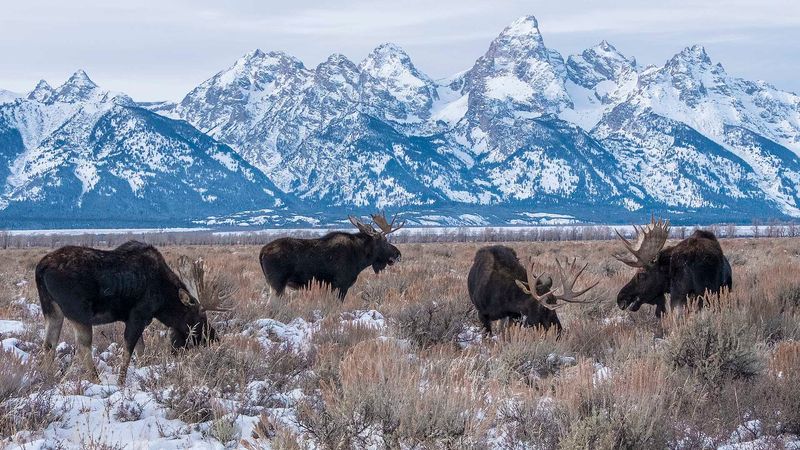
Grand Teton’s jagged peaks form the backdrop for moose wading through misty morning ponds. Elk bugle echoes across valleys during fall rut, while pronghorn – America’s fastest land mammals – sprint across sagebrush flats.
Bald eagles perch along the Snake River, scanning for trout. The National Elk Refuge offers winter wildlife viewing that brings visitors face-to-face with thousands of majestic wapiti.
5. California: Diverse Ecosystems, Abundant Wildlife
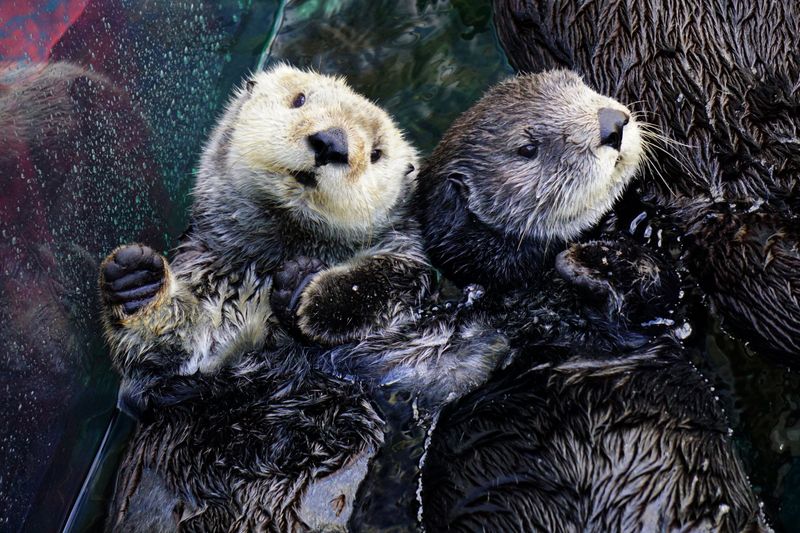
From elephant seals lounging on coastal beaches to tule elk roaming Point Reyes, California’s varied landscapes harbor incredible biodiversity. Desert bighorns navigate scorching canyons while condors soar overhead.
Monterey Bay’s rich waters attract blue whales and playful sea otters. Ancient redwood forests shelter black bears and elusive mountain beavers, offering wildlife encounters within diverse habitats.
6. Colorado: Rocky Mountain Wildlife Spectacle
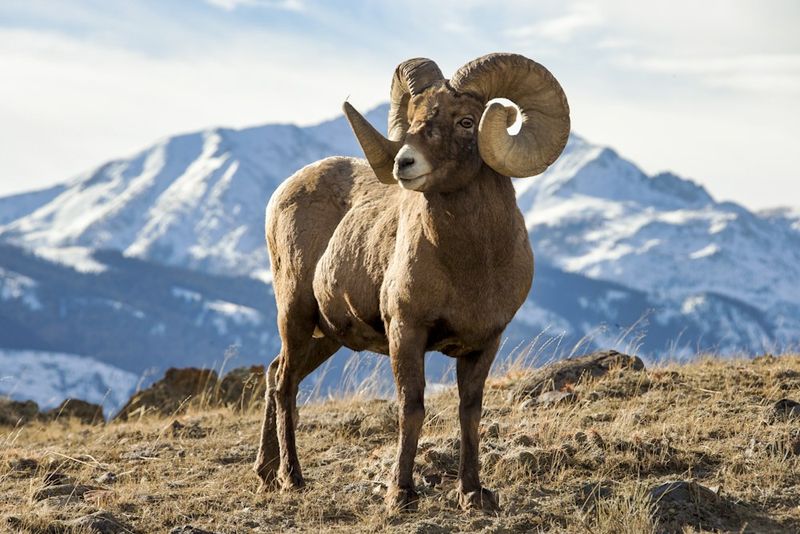
Against alpine meadows dotted with wildflowers, bighorn sheep clash horns in dramatic dominance displays. Rocky Mountain National Park’s elk herds gather by the hundreds during autumn rut.
Pikas gather hay piles among talus slopes while golden eagles circle overhead. Moose munch willows along stream banks, offering photographers frame-worthy moments against snow-capped peaks.
7. Maine: Atlantic Wildlife Treasure
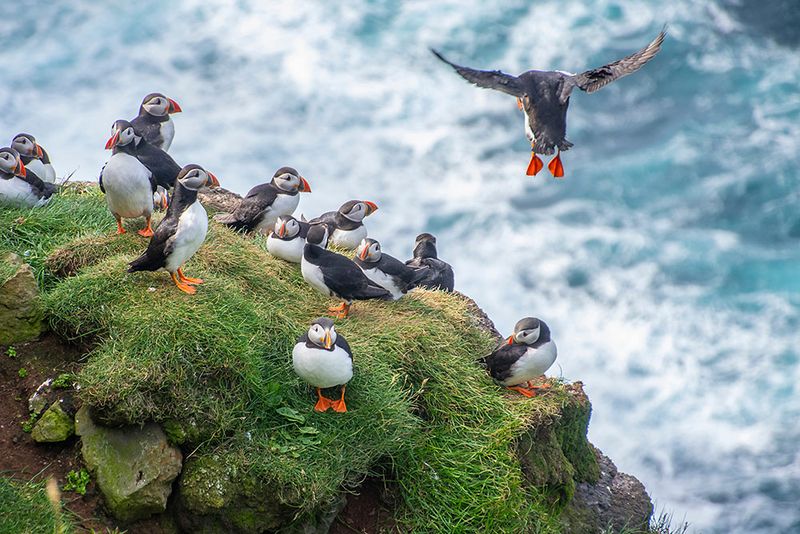
Puffins with colorful beaks nest on remote islands while humpbacks breach offshore. Maine’s rugged coastline creates perfect habitat for diverse marine creatures and seabirds.
Inland, moose splash through boggy wetlands and black bears forage for berries. Acadia National Park offers prime viewing spots where peregrine falcons dive at incredible speeds past granite cliffs.
8. Arizona: Desert Wildlife Surprises
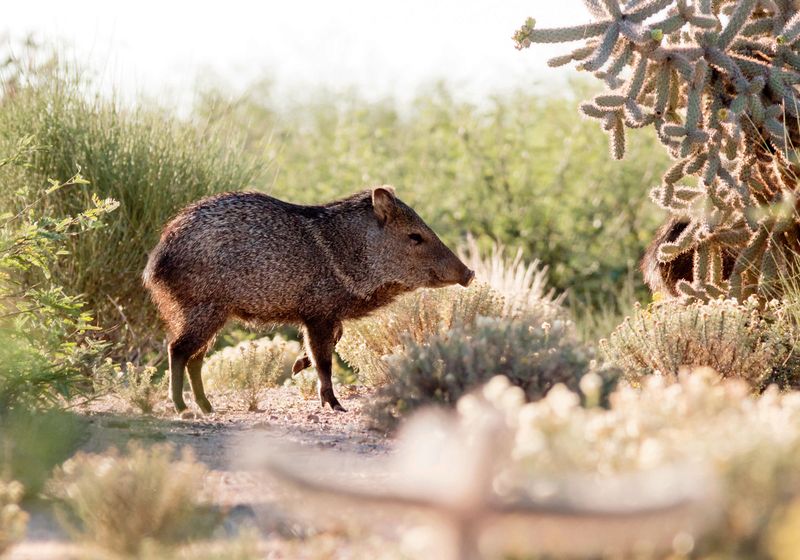
Javelinas trot between towering saguaros while Gila monsters bask on sun-warmed rocks. Arizona’s seemingly harsh landscapes actually support remarkable biodiversity, especially during cooler morning hours.
The San Pedro River creates a green ribbon through desert terrain, attracting over 350 bird species and offering one of North America’s premier birding experiences.
9. Michigan: Great Lakes Wildlife Hotspot
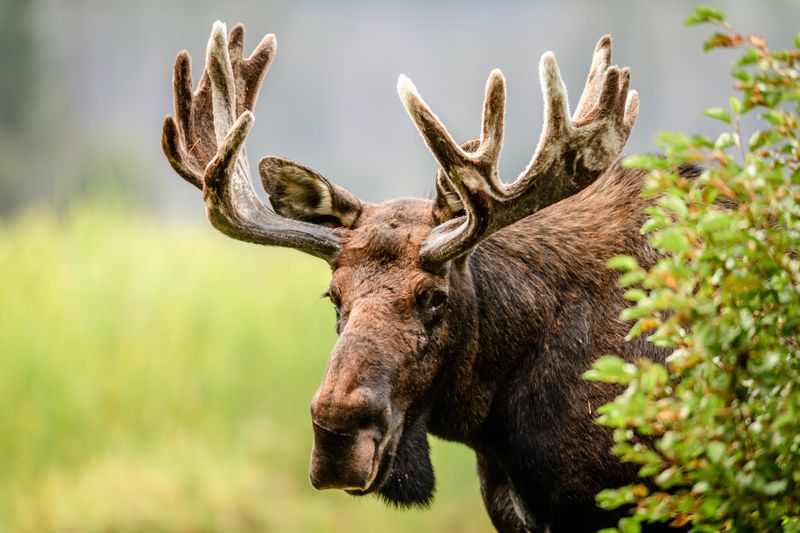
Surrounded by freshwater seas, Michigan offers unique wildlife viewing opportunities. Isle Royale’s isolated wolf and moose populations fascinate researchers and visitors alike.
Kirtland’s warblers sing from jack pine forests they call home nowhere else on Earth. Along shorelines, sandhill cranes perform elaborate courtship dances while beavers create wetland habitats supporting countless species.
10. Texas: Surprising Biodiversity Haven
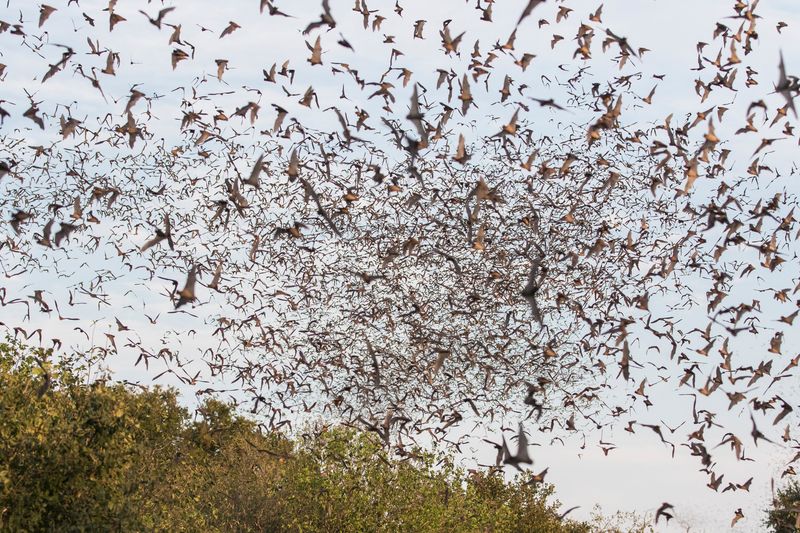
Millions of Mexican free-tailed bats emerge from Bracken Cave in spiraling columns each evening. The Rio Grande Valley hosts colorful birds found nowhere else in the United States.
Whooping cranes – North America’s tallest birds – winter along coastal marshes. Big Bend’s isolated mountain ranges harbor species from both desert and forest ecosystems, creating unexpected wildlife encounters in this vast border state.
11. Nevada: Wildlife Wasteland
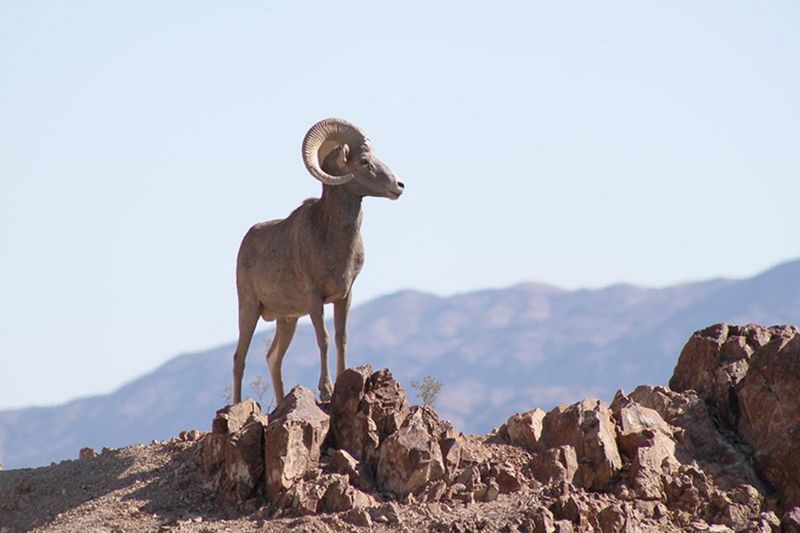
Despite containing Great Basin National Park, Nevada’s arid landscapes and sparse water sources limit wildlife diversity and abundance. Many species avoid human-disturbed areas around Las Vegas and Reno.
Mining operations have damaged habitats throughout the state. While bighorn sheep and mule deer exist in certain mountain ranges, spotting them requires extreme patience and specialized knowledge rarely rewarded with memorable encounters.
12. New Jersey: Urban Sprawl Wildlife Disappointment
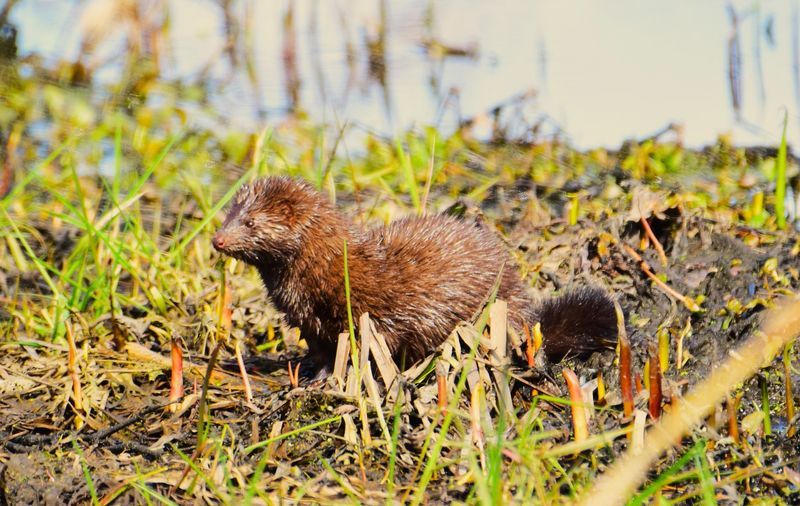
Heavy development throughout much of the state has fragmented natural habitats. While the Pine Barrens offer some wilderness, most areas suffer from high human population density and resulting wildlife displacement.
Traffic noise and light pollution disturb natural behaviors. Even protected areas feel the pressure of surrounding urbanization, making genuine wildlife encounters rare compared to states with more intact ecosystems.
13. Indiana: Cornfield Monotony
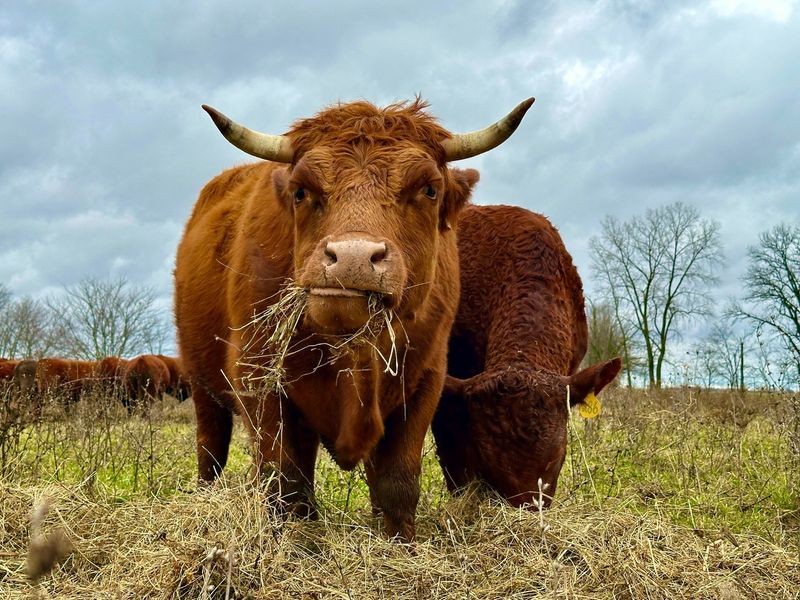
Agricultural conversion has claimed most of Indiana’s original forests and prairies. Endless cornfields create biological deserts where only adaptable species like deer and raccoons thrive.
While the Indiana Dunes offer glimpses of natural diversity, most of the state lacks the habitat variety needed for rich wildlife experiences. Naturalists often pass through en route to more promising destinations.
14. Rhode Island: Too Small For Wildlife Diversity
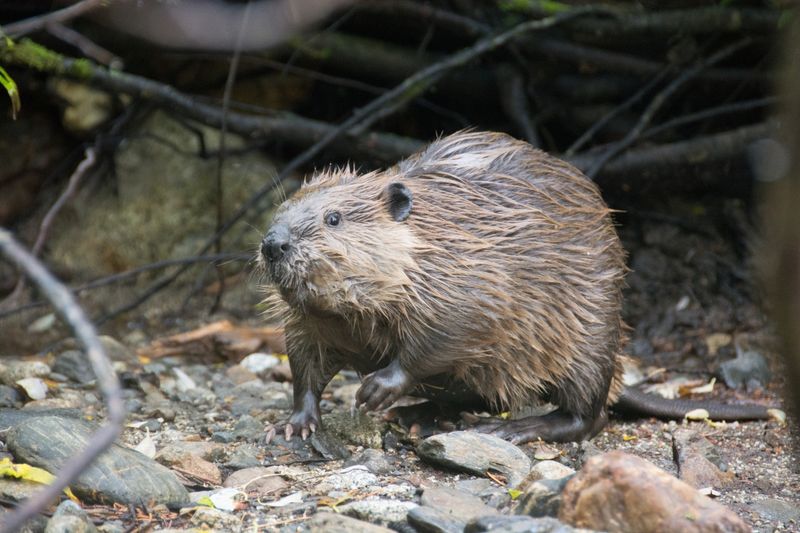
Limited land area and high human density leave little room for wildlife to flourish. While coastal areas offer some birding opportunities, the tiny state lacks the large wilderness tracts needed for many species.
Marine mammals occasionally visit offshore waters. However, naturalists seeking meaningful wildlife encounters typically travel to neighboring states with more extensive protected areas and diverse habitats.
15. Kansas: Underwhelming Prairie Remnants
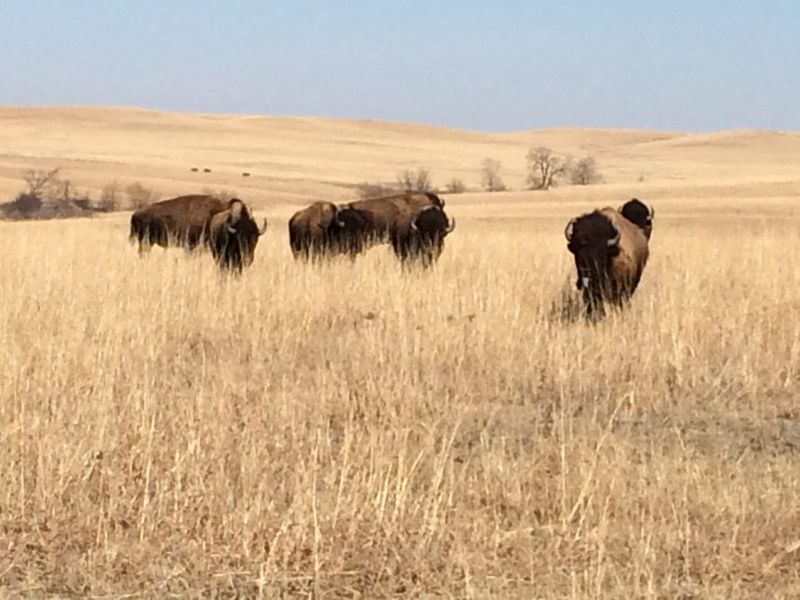
Once home to vast bison herds and prairie dog towns stretching for miles, Kansas now offers mostly agricultural landscapes with limited wildlife viewing opportunities. The few remaining tallgrass prairie fragments support only a fraction of original biodiversity.
Cheyenne Bottoms attracts migratory birds seasonally. Unfortunately, most visitors find Kansas disappointing compared to neighboring states with more diverse landscapes and wildlife populations.
16. Delaware: Overlooked And Underwhelming
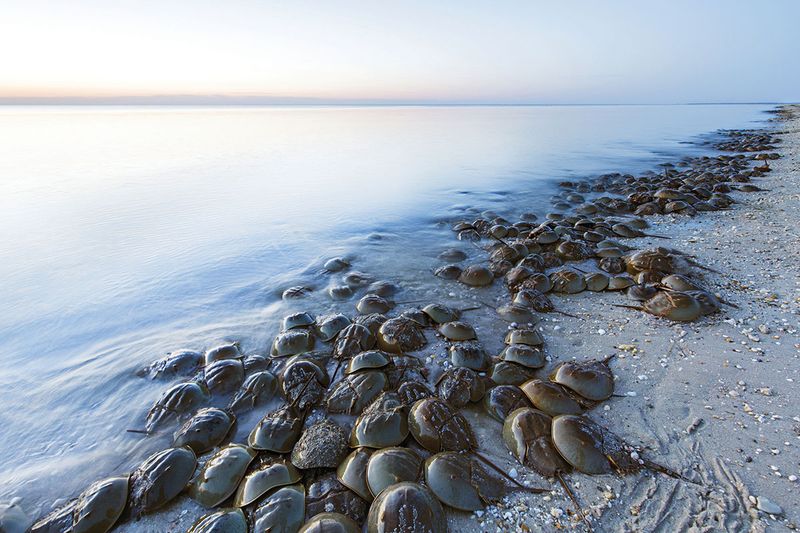
Bombay Hook Wildlife Refuge offers seasonal birding, but Delaware generally disappoints wildlife enthusiasts. Limited public lands and extensive development restrict habitat availability throughout this small state.
Coastal areas face heavy recreational pressure. While horseshoe crabs spawn dramatically on certain beaches, most wildlife viewing experiences remain mediocre compared to neighboring states with more robust conservation programs.
17. Connecticut: Suburban Wildlife Letdown
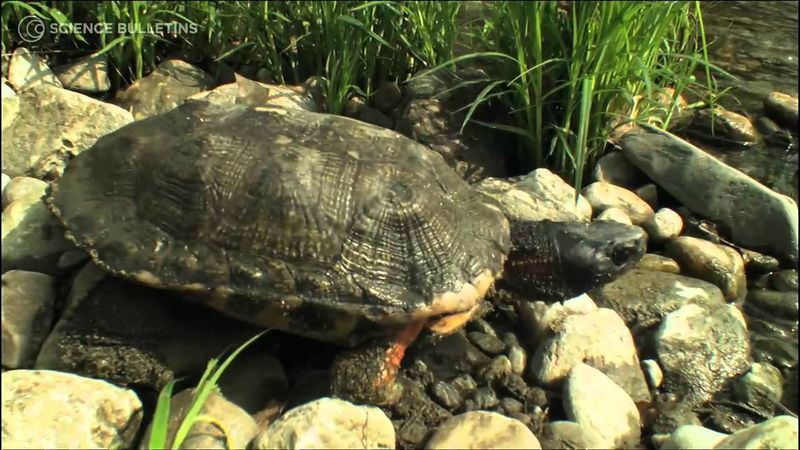
Heavy suburban development fragments remaining forests, limiting wildlife diversity and abundance. While white-tailed deer and wild turkeys adapt to human presence, many sensitive species have declined or disappeared.
Traffic noise permeates even protected areas. Despite conservation efforts along the Connecticut River, naturalists generally find the state offers modest wildlife viewing opportunities compared to less developed regions of New England.



